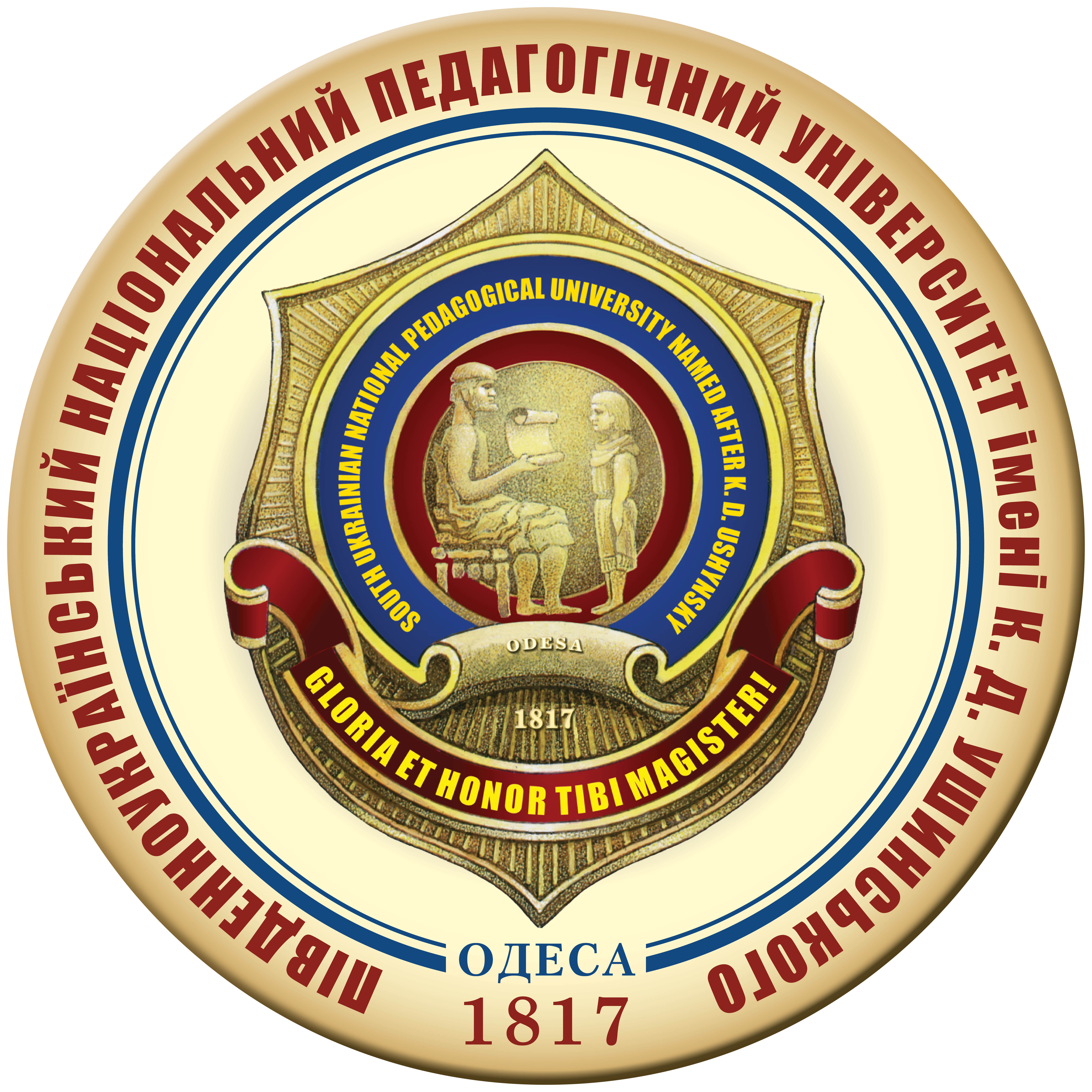FAT CONTENT IN QUALIFIED ATHLETES OF DIFFERENT SPECIALTIES
DOI:
https://doi.org/10.24195/olympicus/2024-2.6Keywords:
percentage of fat, anthropometry, athletes, track and field athletes, triathletes, biathletes, modern pentathlon.Abstract
The problem of determining the optimal body composition, especially athletes’ fat percentage is very relevant for many fields of science, such as sports medicine, physiology, biochemistry, and others, because it can affect the effectiveness of sports activities. It is well known that body weight gain due to fat tissue, as a rule, negatively affects sports performance. Despite, a large number of studies, determining the optimal limits of athletes’ fat bodies, depends on the kinds of sports remains relevant. Purpose: The work aimed to investigate the fat content of qualified athletes, who specialize in various sports. Methods. The study involved 128 athletes-members of the national teams of Ukraine of both sexes (men – 67, women – 51), aged 18–30 years, specializing in various sports (athletics, modern pentathlon, biathlon, triathlon). The composition of the athletes` bodies was determined by impedance analysis using Tanita BC-545 body composition scales (Japan) and InBody 770 professional analyzer (Korea). The analysis of statistical data was carried out based on archival materials of the State Scientific Research Institute of Physical Culture and Sports for the period from 2014 to 2024 using the “Statistica 12” software. Results. According to the research results, it was found that among athletes there is a problem of high fat content in the body, except male biathletes. The largest percentage of athletes with increased body fat was found among track and field athletes (20% of 30 athletes), of which 60% are throws. In addition, a high percentage of athletes of various sports whose fat content exceeds the recommended norms was revealed (22,0% of 22 track and field athletes and 9 triathletes, 33,3% of 9 representatives of modern pentathlon, and 36.3% of 11 biathletes). Taking into account the above, the study of the causes of increased fat content in the athletes’ bodies becomes significant.
References
Association A.D. Sports nutrition: a guide for the professional working with active people. 3rd ed. American Dietetic Association, 2000. 759 p.
Wilmore J.H., Costill D., Kenney W.L. Physiology of sport and exercise, fourth edition. 4th ed. Human Kinetics Publishers, 2007.
Взаємозв`язок композиційного складу тіла та спеціальної працездатності спортсменів, що спеціалізуються з академічного веслування / А.М. Іванова та ін. Актуальні проблеми фізичної культури і спорту. 2014. № 30 (2). С. 43–47.
Lukaski H.C. Body composition: health and performance in exercise and sport. Taylor & Francis Group, 2017. 404 p.
Changes in anthropometry and selected metabolic parameters in young men during their first year of study at a university of physical education / A. Kȩska et al. American journal of men's health. 2017. Vol. 12, no. 2. P. 463–471. https://doi.org/10.1177/1557988317743151.
Fleck S.J. Body composition of elite American athletes. The american journal of sports medicine. 1983. Vol. 11, no. 6. P. 398–403. https://doi.org/10.1177/036354658301100604.
Analysis of the relationship between body composition and the level of functional readiness of football players / N. Vdovenko et al. Ukraïnsʹkij žurnal medicini, bìologìï ta sportu. 2020. Vol. 5, no. 5. P. 313–318. https://doi.org/10.26693/jmbs05.05.313.
Wang D. The differences between modern modes of biathlon training at the olympic winter games. Revista brasileira de medicina do esporte. 2023. Vol. 29. https://doi.org/10.1590/1517-8692202329012022_0300.
Singh S., Singh K., Singh M. Comparison of anthropometric characteristics and body types of high performer and low performer hammer throwers. Brazilian journal of biomotricity. 2011. Vol. 5, no. 2. P. 80–86.








